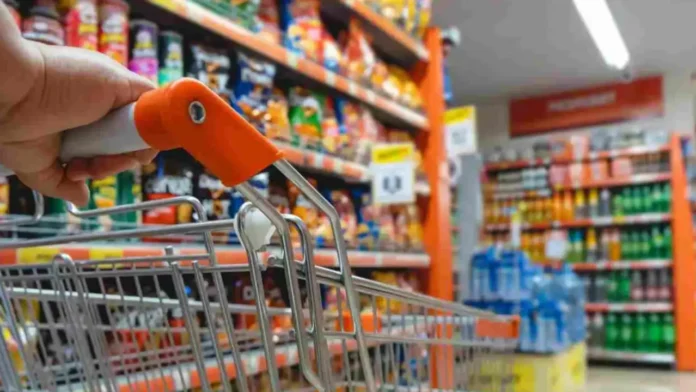For the first time in nearly three years, the growth in sales of fast-moving consumer goods (FMCG) in villages has outpaced that in cities. This signals an early indication of demand recovery, supported by a lower baseline and price adjustments to mitigate hyperlocal competition.
According to executives referencing NielsenIQ data, rural markets saw a volume growth of 6.5% in both December and January, and a growth of 11.1% in February. In contrast, urban markets grew by 6.1% in December, 4.7% in January, and 8.7% in February, as per the data.
Until November 2023, rural demand, along with underperforming urban markets, had been dampening overall growth for the past few years. The last time villages surpassed cities in FMCG sales expansion was in March 2021.
Continue Exploring: FMCG manufacturers revamp packaging for e-commerce as online sales surge
“During the third quarter, we observed a return to growth trajectory in the hinterland demand,” stated Dabur CEO Mohit Malhotra.
Malhotra mentioned that in October-December, rural demand surpassed urban demand by 200 basis points. He also noted that Dabur’s rural distribution had seen the most growth compared to other FMCG companies.
“We have been investing ahead of the schedule in growing our rural footprint, increasing it from 1-1.2 lakh to 17,000 villages in the current financial year,” he stated.
Before the pandemic, rural demand had been growing at double the rate of urban areas. However, last year, rural growth either declined or lagged behind urban growth until the December quarter, reaching 5.8%. In contrast, urban areas saw an expansion of 6.8%.
“Rural markets were boosted by a favorable harvest this season and also had a lower base from the previous year,” commented Krishnarao Buddha, Senior Category Head for Marketing at Parle Products, India’s largest food company. “Following price reductions by many firms, we observe major national players reclaiming market share from regional and local competitors, easing concerns, particularly in rural areas.”
Over the past two years, most consumer goods companies increased prices by over 25% to counter the escalation in costs of raw materials, supply chain, and energy. The inflationary pressures began during the pandemic and were further intensified by Russia’s invasion of Ukraine. However, in the last three quarters, companies have been reducing prices due to reduced inflation and consumers shifting to more affordable products.
Continue Exploring: FMCG growth to remain sluggish in current year: Emkay Global Report
Companies stated that there has been a gradual overall recovery, with promising signs emerging in rural markets too. However, they emphasize the necessity of observing a longer-term trend to evaluate the sustainability of demand.
“Rural demand has shown some improvement. However, we need to witness consistent growth over several quarters to confirm that demand recovery or green shoots are on the horizon,” commented Sudhir Sitapati, Managing Director at Godrej Consumer Products, in February.
During the year leading up to December, villages, constituting almost 40% of the total FMCG market, experienced a decline in demand ranging from 3% to 5%, attributed to inflationary pressures and an unpredictable monsoon season.
“We are noticing that the growth rate differences between urban and rural areas are decreasing, narrowing from 4-6% to 1%,” stated Roosevelt Dsouza, Head of Customer Success, India, at NielsenIQ.
Continue Exploring: FMCG companies and Kirana stores gear up for summer: Dairy and beverage sales spike across India


